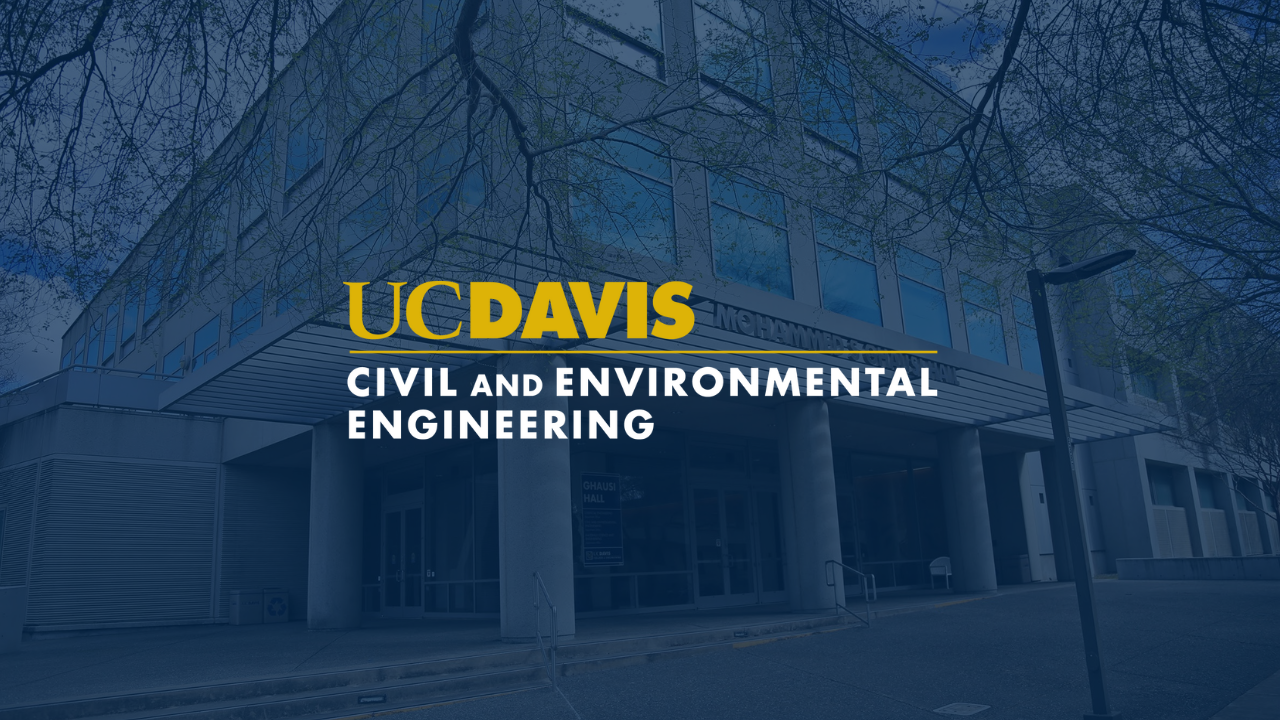
Event Date
Stéphanie Chaillat
Bio (Stéphanie):
Dr. Chaillat is the director of research at CNRS working at the interface between computational mechanics and applied math in the laboratory POEMS (a lab for studying and simulating wave propagation) from ENSTA Paris. She is currently an adjunct faculty member at Stanford in the department of Geophysics.
Before she joined CNRS, Dr. Chaillat obtained her PhD at Ecole Polytechnique in France in mechanical engineering before joining Georgia Tech as a post-doctorate associate.
Abstract (Stéphanie):
Boundary Element Methods based on the discretization of boundary integral equations have been shown to be very well-suited to model waves in unbounded domains. Recent works in the Boundary Element Method (BEM) community have been devoted to be able to consider realistic configurations by deriving fast techniques to handle the memory issues of the method.
Fast BEMs are now very mature and can be applied to a large range of applications. This talk will present the main ideas behind these methods and in particular the link between big data and machine learning. Finally, the efficiency of these methods will be illustrated with realistic applications to model seismic wave propagation or underwater acoustics.
Jean-François Semblat
Bio (Jean-François):
Jean-François Semblat is Professor at ENSTA-Paris and head of the Department of Mechanics and Energetics at Institut Polytechnique de Paris (IP-Paris). His fields of expertise are seismic wave propagation, soil dynamics and dynamic soil-structure interaction. He is member of the TC203 “Earthquake Geotechnical Eng.” of the ISSMGE. He has published, with Alain Pecker, a book on “Waves and vibrations in soils” (EUCentre, Pavia) and produced a MOOC entitled “From seismology to earthquake engineering” (Coursera).
Abstract (Jean-François):
Seismic waves propagate in complex heterogeneous media and may be strongly amplified or scattered in alluvial basins. The extensive generation of surface waves may then interact with geotechnical layers as well as surface structures at various scales.
In this talk, we emphasize on the quantification of such surface waves through the Normalized-Inner Product allowing an efficient time-frequency extraction. Various modeling strategies are then discussed to analyze weak motions in complex heterogeneous media at various scales (e.g.: BEM, CALM). Strong motion modeling is then considered through various dynamic soil models (e.g. X-NCQ, 1D-3C, liquefaction front).
Finally, soil-structure interactions are considered for a single structure (e.g. macro-element) as well as the urban scale (e.g. Site-City Interaction, homogenization).
